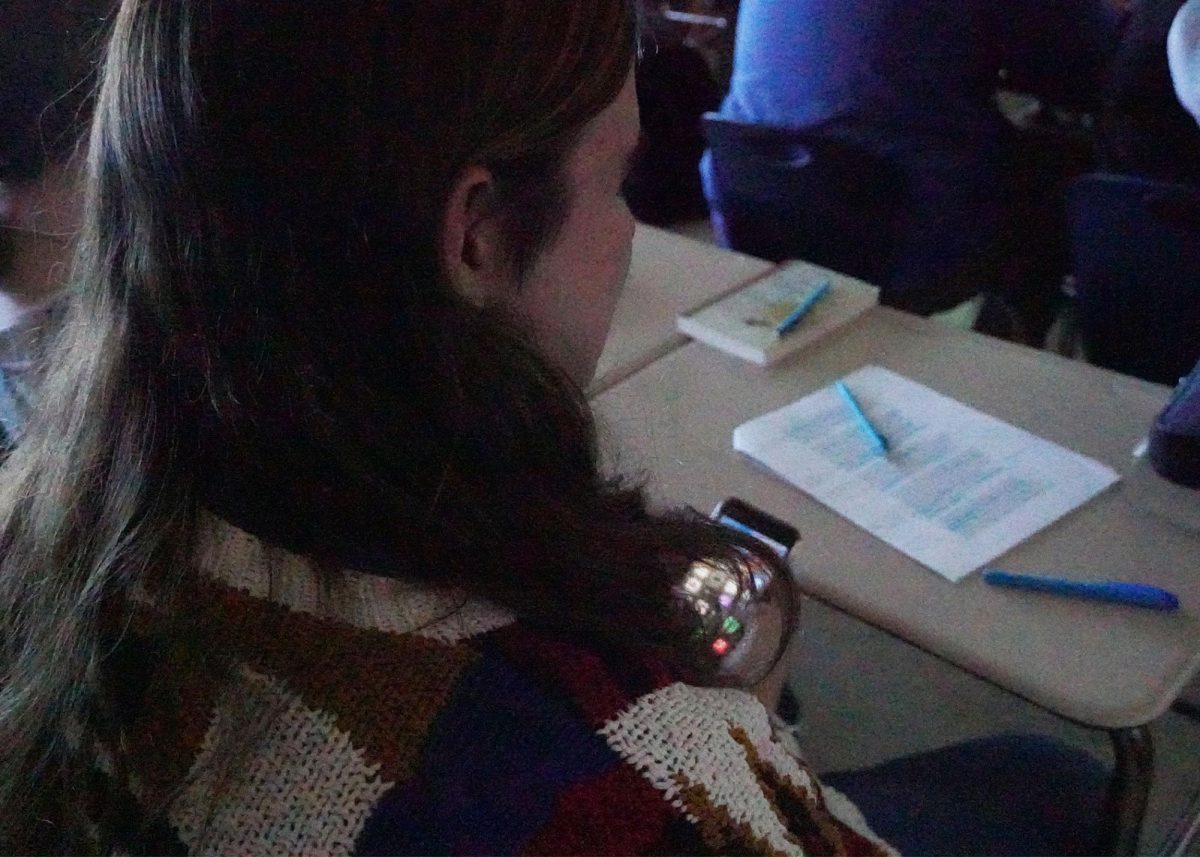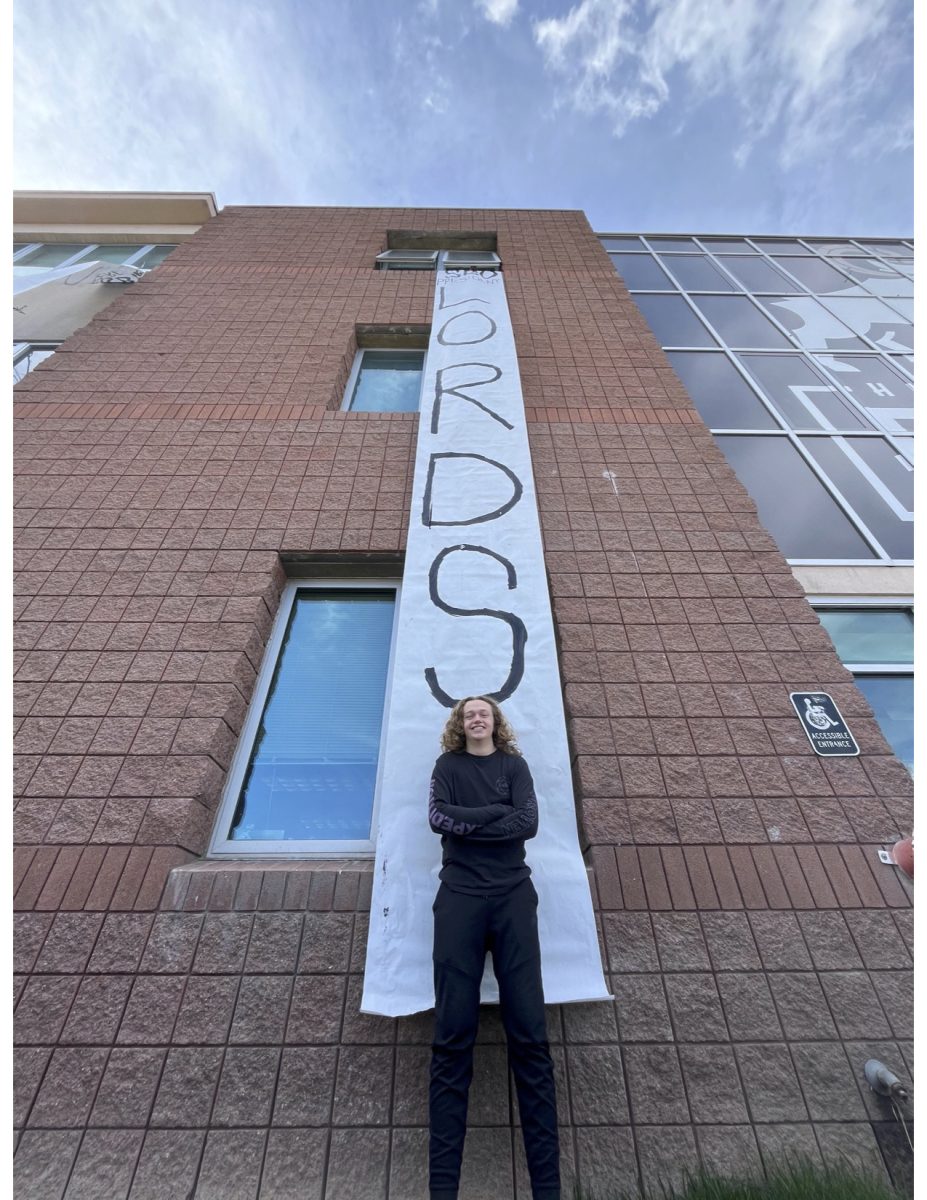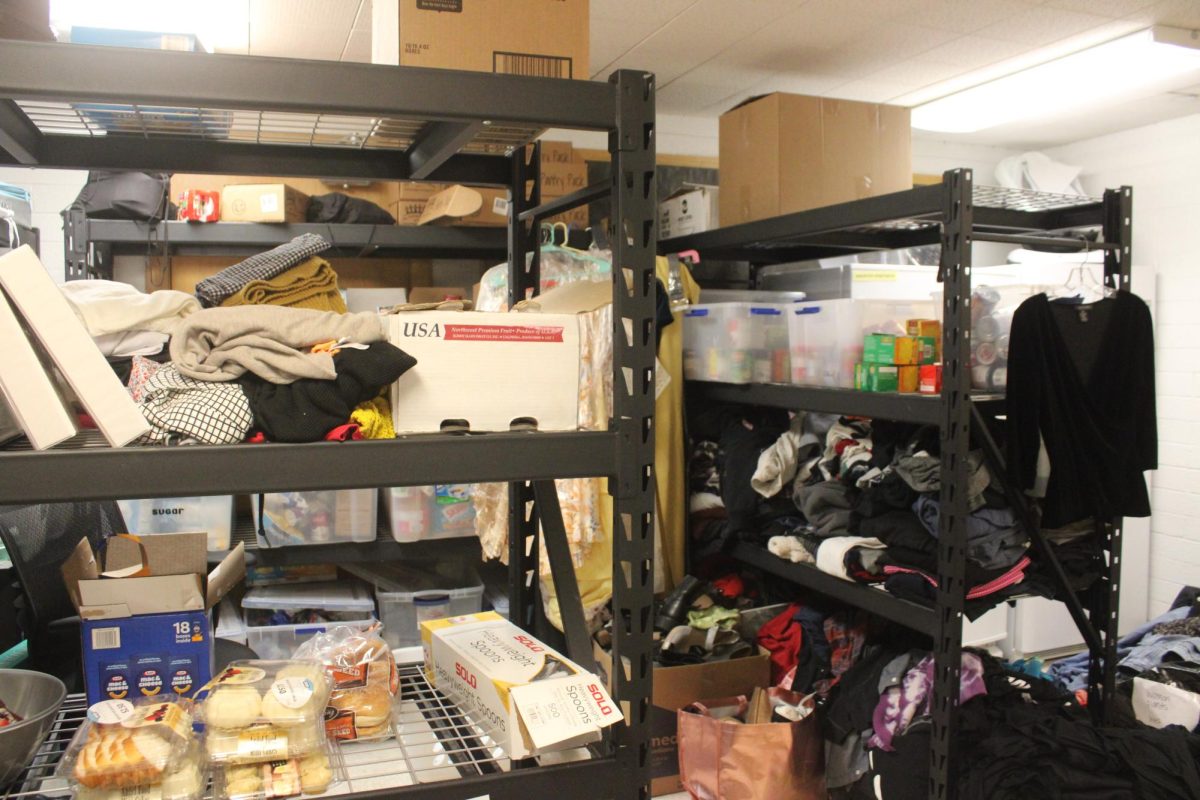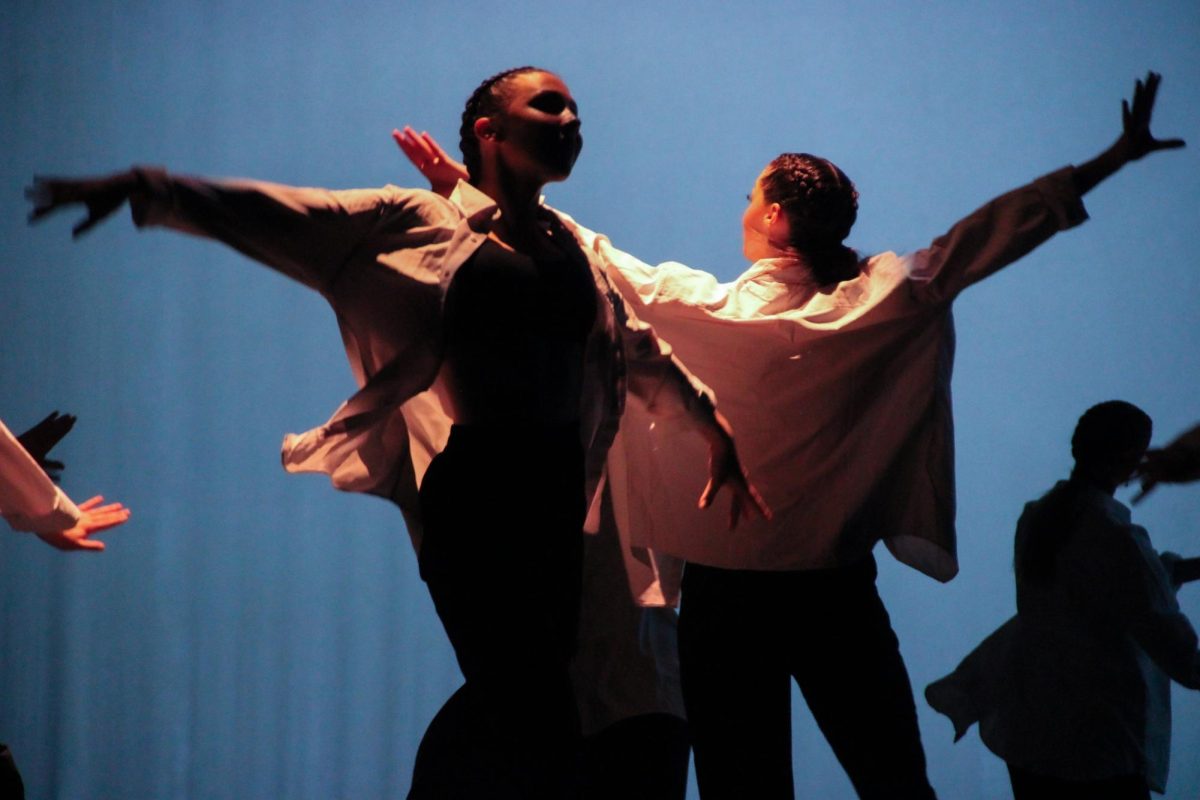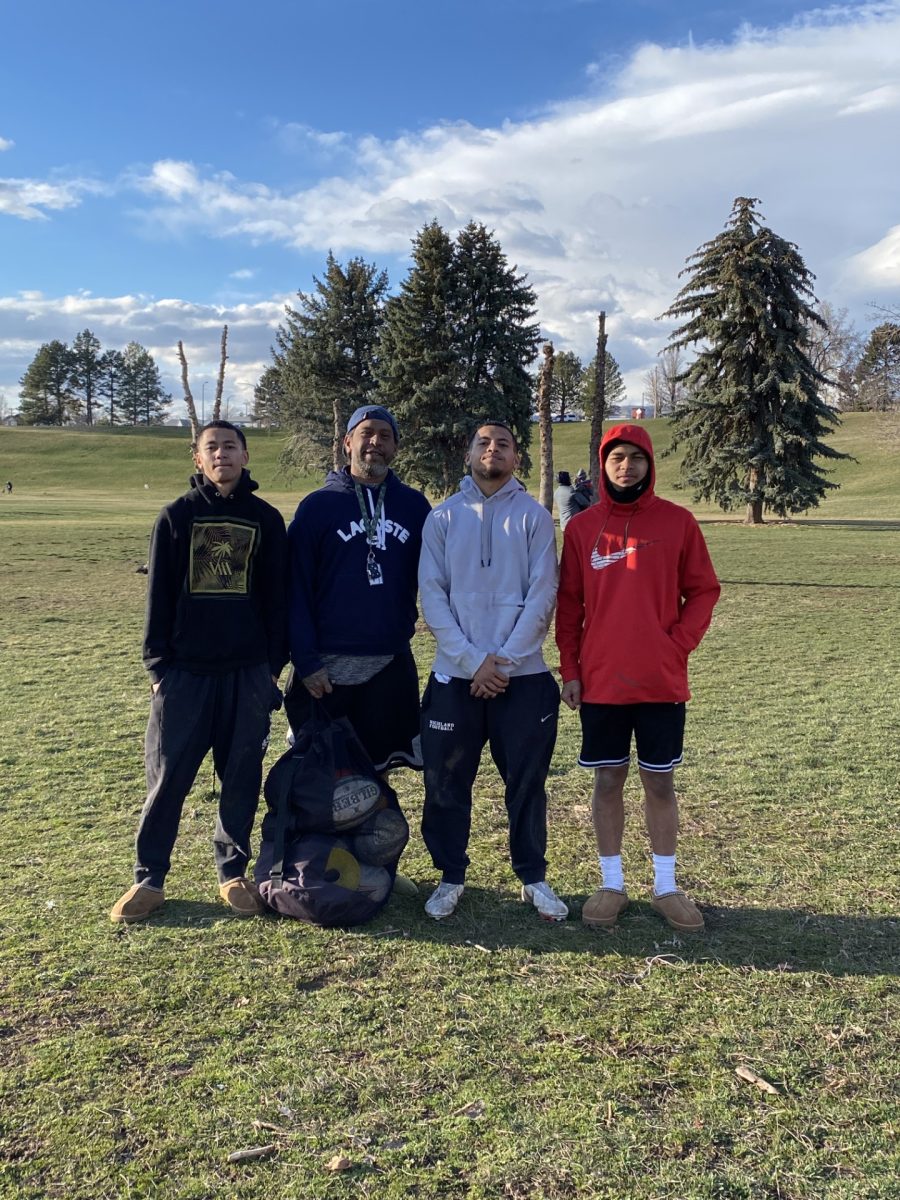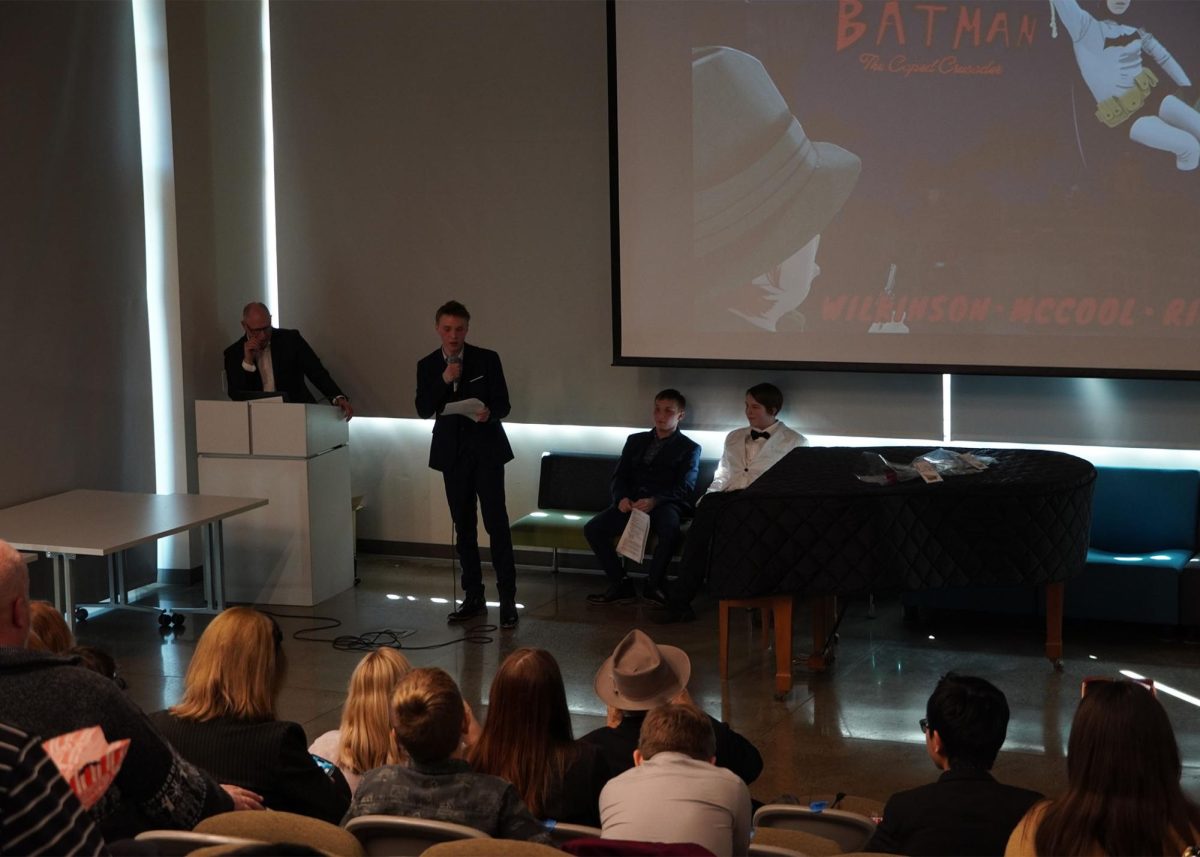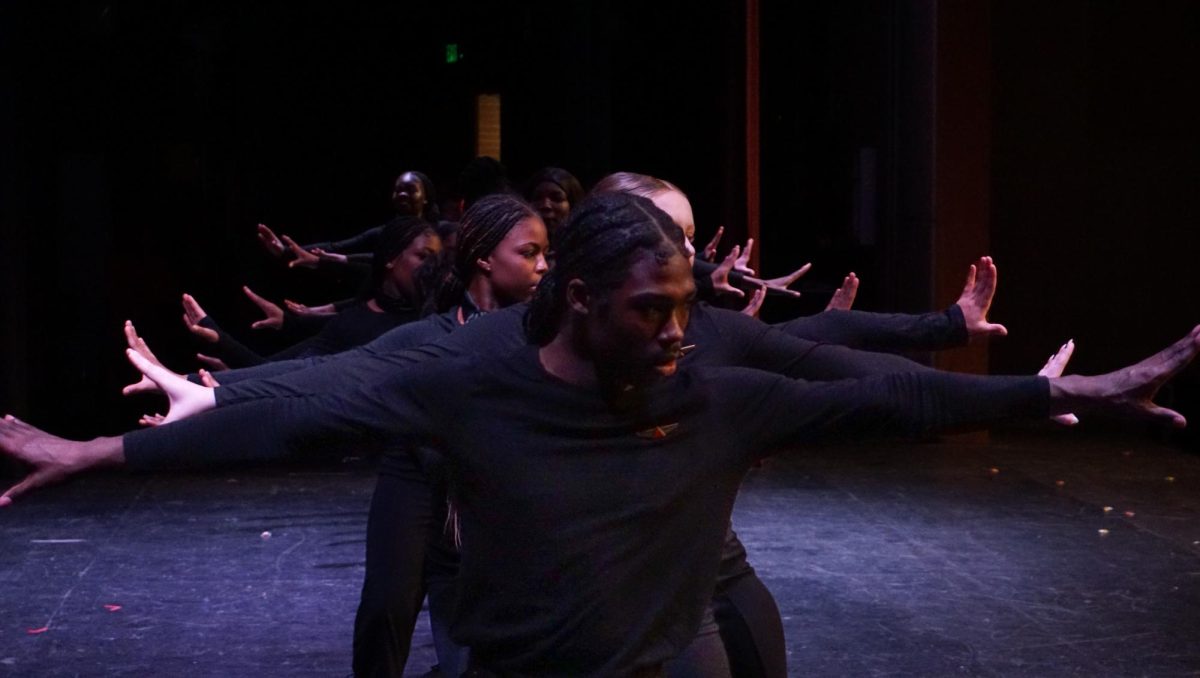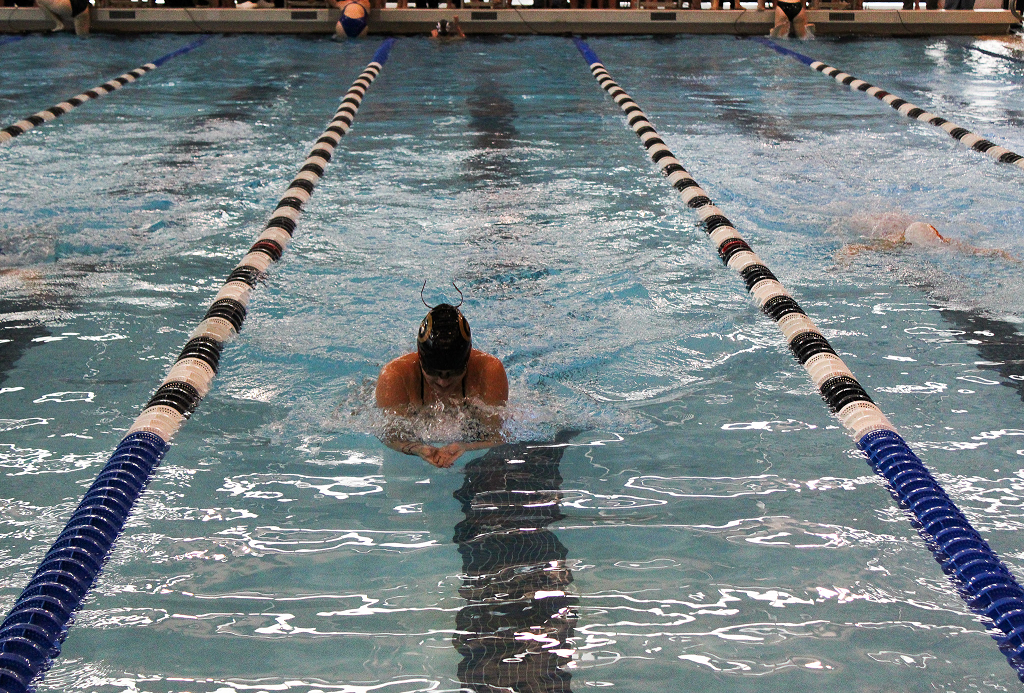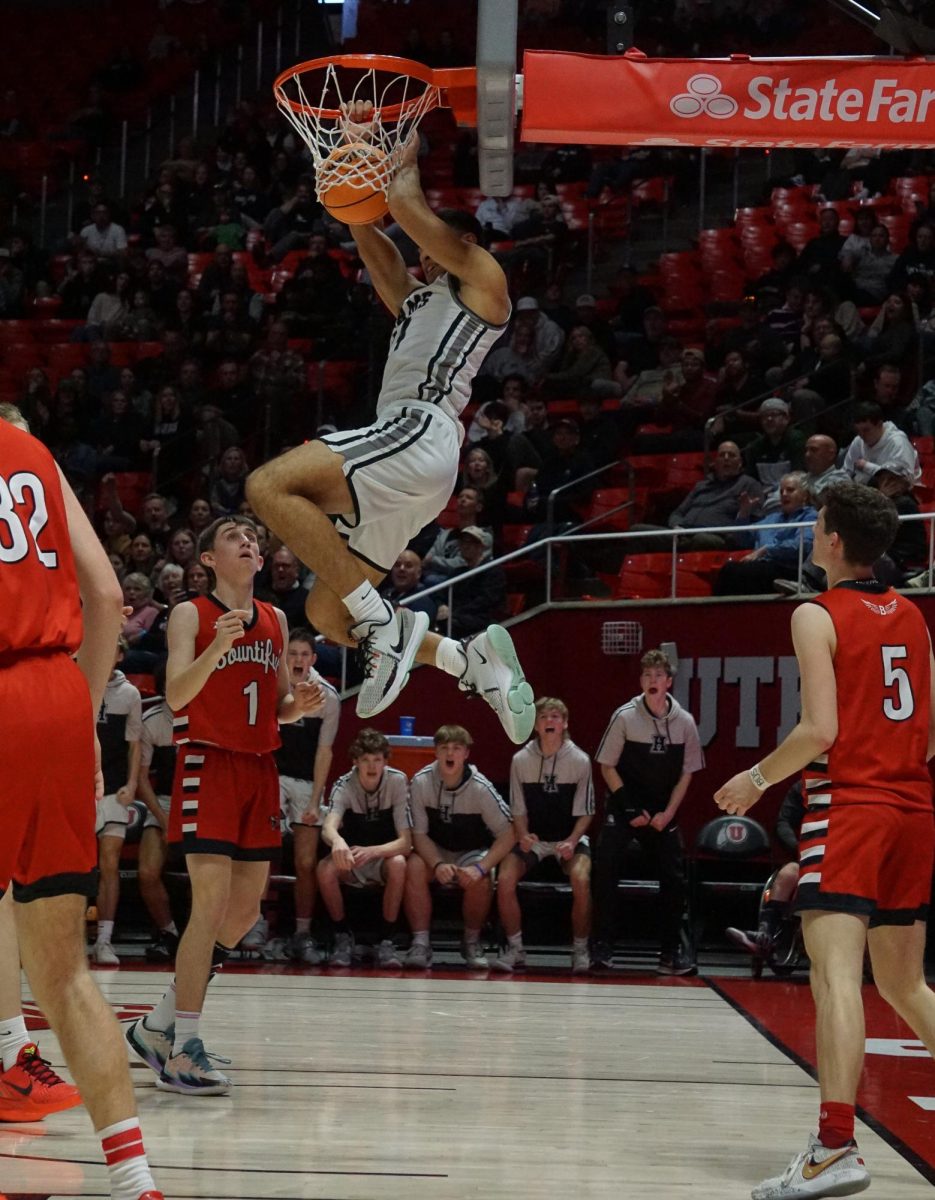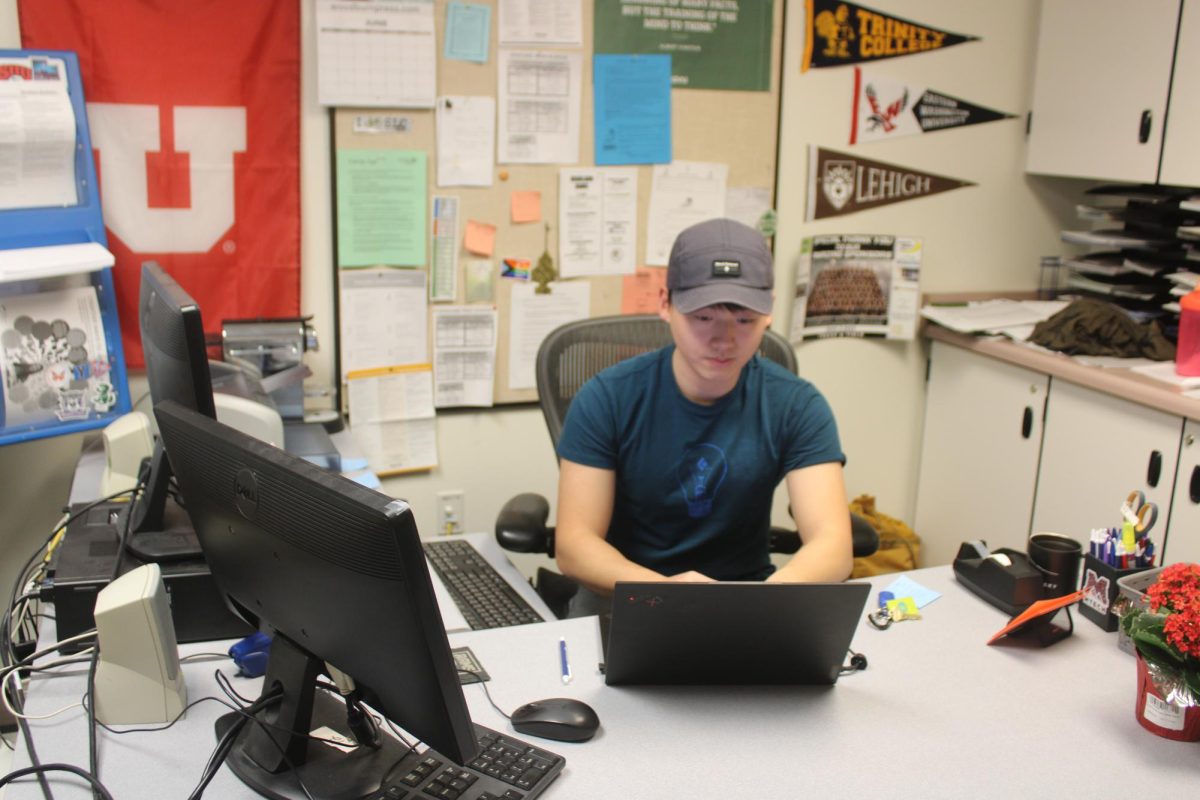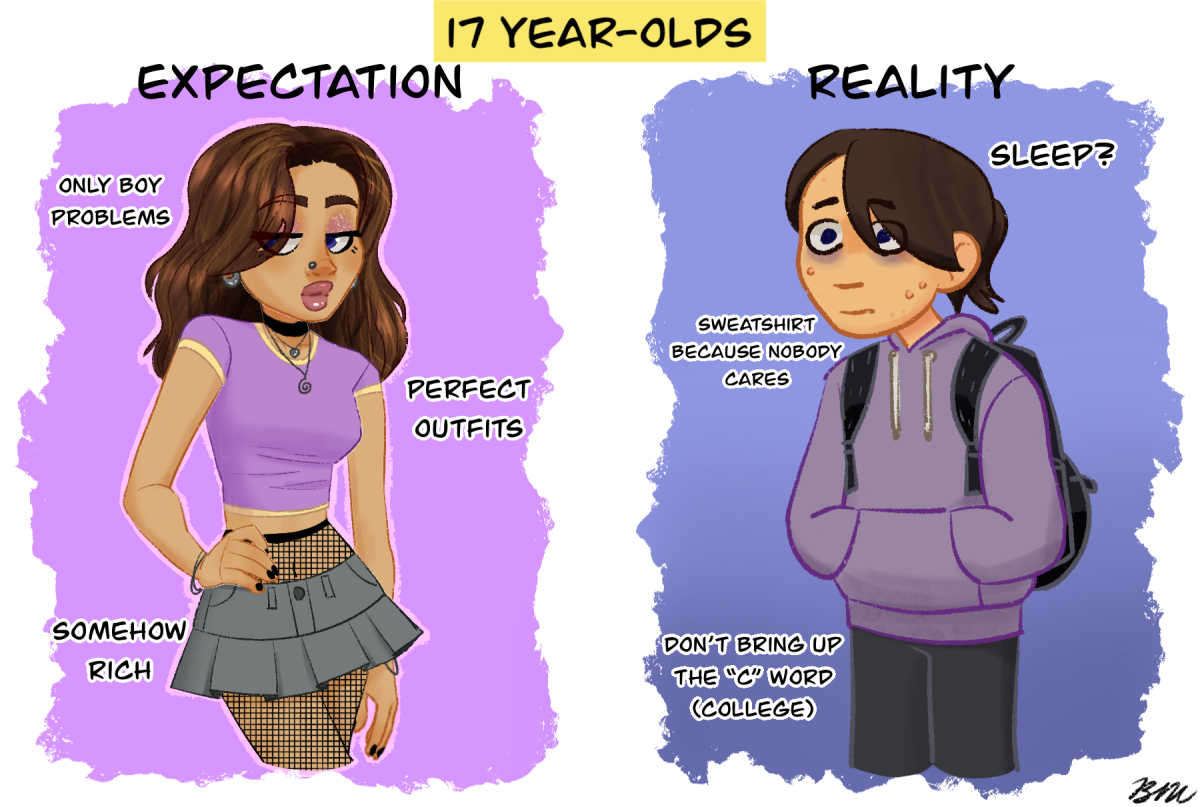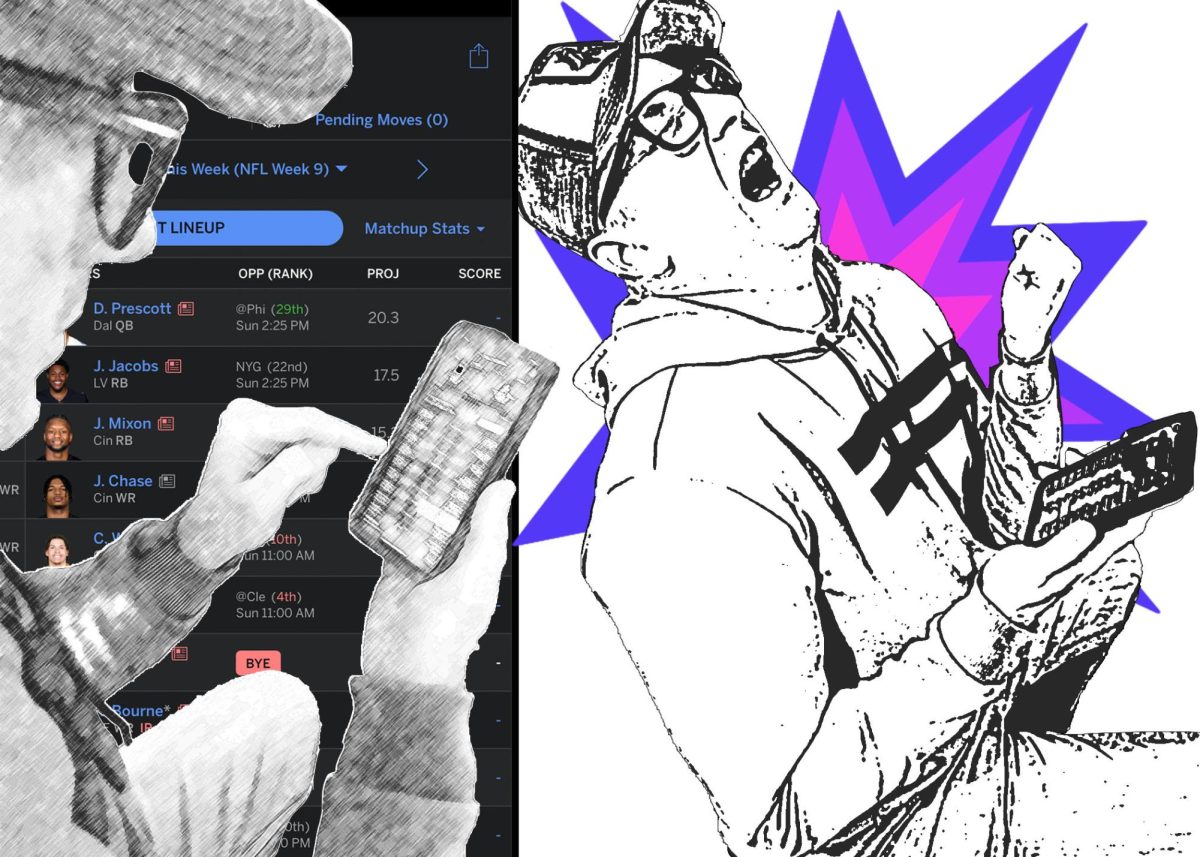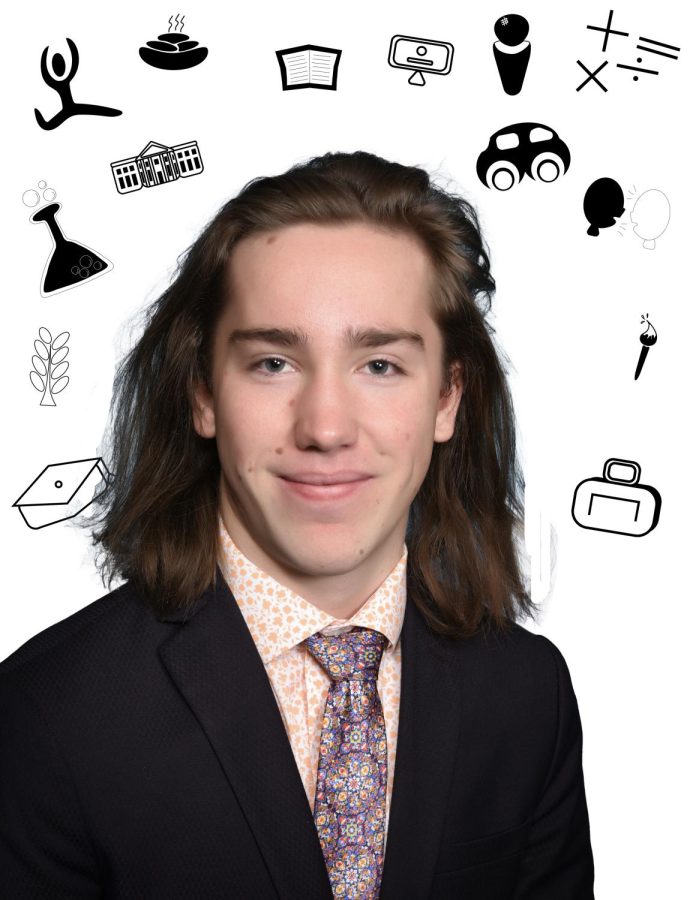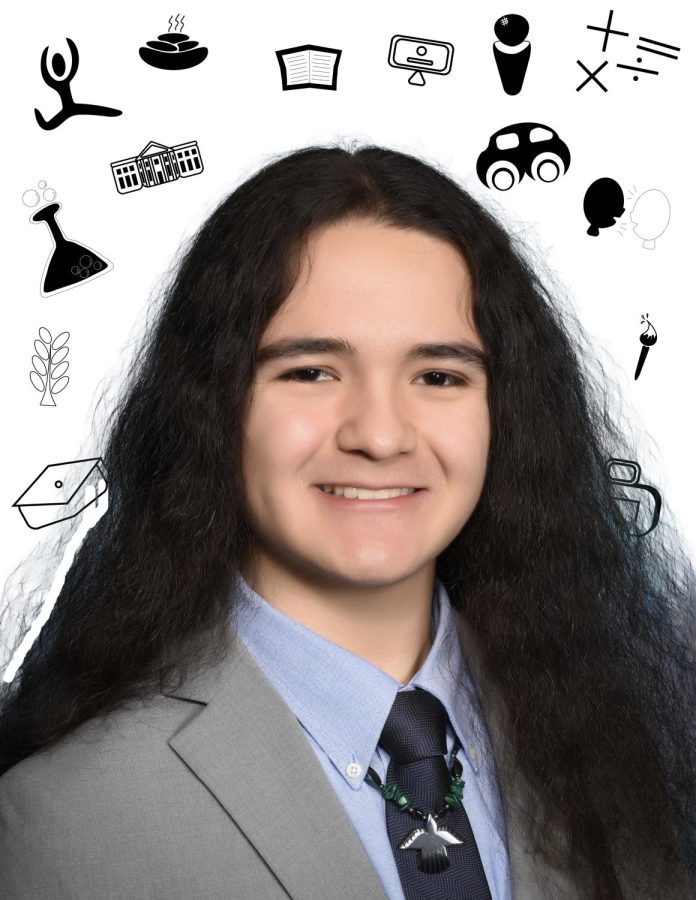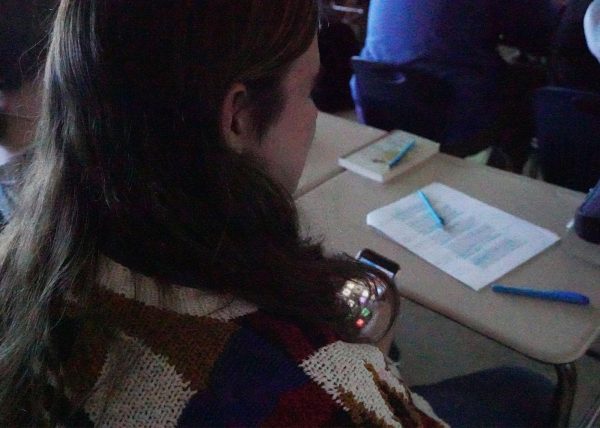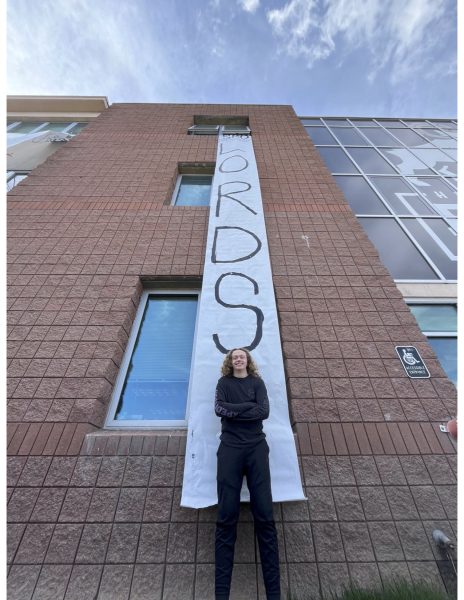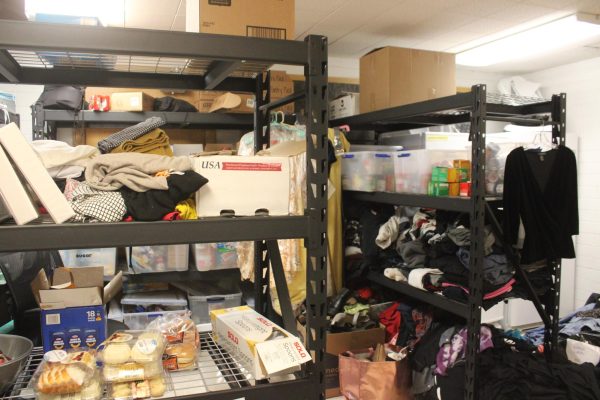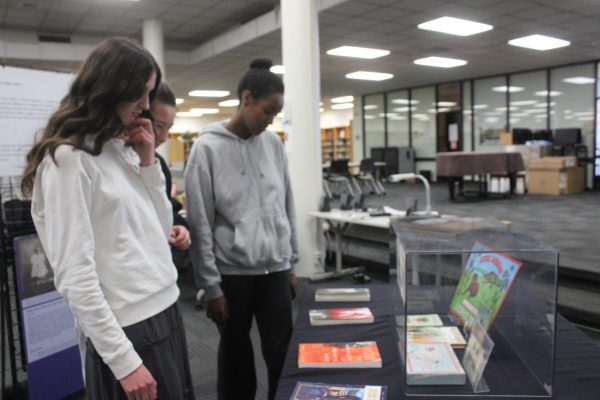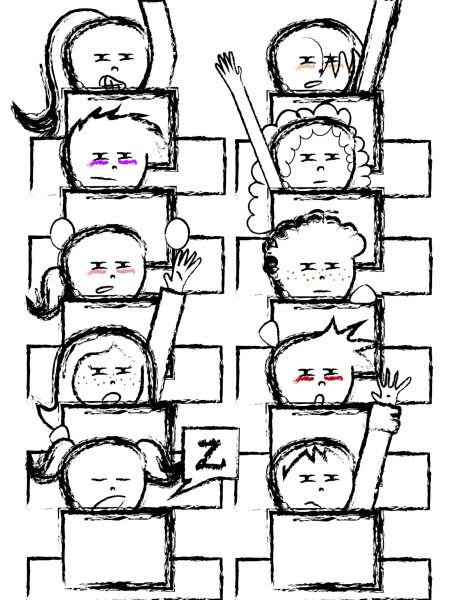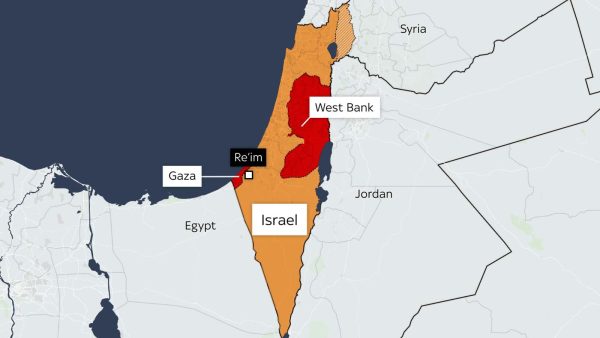COVID-19 in Native American Communities
May 28, 2021
The recent distribution of vaccines following over a year of health precautions seems to be creating a decline in COVID-19 cases and hopefully will also create the end of the pandemic soon. Populations are recovering and plans are being made around the world for the distribution of vaccines and hopeful rebuilding after such a great tragedy. So, in these hopeful times, how are Native American communities and reservations recovering?
Currently, American Indian and Alaska Native populations are still among the highest racial groups affected by COVID-19 overall. In Utah, Salt Lake County currently has the highest number of cases in Indigenous communities due to the general higher amounts of Native individuals in the county, as well as the limited health restrictions within the urban communities. A more positive statistic states that around 18.2% of the Native populations have been fully vaccinated compared to other racial groups in Utah.
For these Native American groups, the age group from 25-84 has the highest number of cases followed by the 15-24 age group in which there is a significantly higher percentage of males who have become infected. Many tribes and tribal communities are continuing mask mandates for the safety of their local community members despite the mandate removal in the state. Recently, as vaccination rates have gone up, the contraction incident rates have declined. The positive case rates plateaued in April and have since been in a decline as vaccinations are becoming available to younger age groups in Utah.
Despite their very persistent measures in getting the vaccine to most of the Native community, many tribes and tribal organizations are still actively testing frequently. The loss these communities have experienced is devastating, and although the current impact is still just as devastating, hope is arising with the significant decline in cases due to widespread vaccinations.
The vaccine has done a lot for Native reservations, but state and organization assistance has also remained helpful during the pandemic. The Utah Department of Health (UDOH) have worked towards providing education and information regarding both infection and vaccination for Native American communities. The Department of Emergency Management (DEM) has assisted by providing personal protective equipment (PPE) and other resources to reservation communities.
The Governor’s office has continued their encouragement towards tribal communities to continue working with DEM and UDOH for assistance. To continue with health monitoring, the state and these organizations hold bi-weekly meetings to address potential issues and ensure that tribes are receiving what they request or require. The tribes take this consultation and assistance, but ultimately the enforcement is up to tribal officials, and many have continued heavy safety procedures on reservations.
As of today, Navajo nation has approximately 1300 deaths and almost 31,000 positive cases of COVID-19. The nation has monitored trends of decline in positive cases but are continuing the enforcement of various health precautions while beginning local reopening. The community is still in online-learning and are continuing to advocate for events such as graduations and celebrations to be virtual-exclusive. Curfews are still in place and gatherings are limited to 15 people or fewer.
Following some uptakes of cases in non-vaccinated areas, they will start having more mass vaccination drives as 12–15-year-olds are now eligible to receive vaccinations. The health department is actively seeking people who are not vaccinated and providing education on the vaccine.
However, despite some restrictions the nation is now in yellow, meaning some small outdoor businesses are permitted to open and casinos are open for 50% capacity exclusively for tribal community members and no outsiders. Like many others, the community is recovering from heavy loss and working towards reopening and rebuilding.
The Ute Mountain Ute reservation has had only 9 cases in last 2 months likely due to mass vaccination efforts and distribution. As the vaccines were first distributed, they were rapidly given to the reservation community and were then offered to nearby towns and schools outside the reservation to even non-Indigenous individuals as a way of diminishing infection risk since the Native population would frequent these areas. They are currently making plans for the 12-15 age group with both testing and vaccination events following the recent permission of vaccination for this age group.
For the entire country, the White House has intentions of making access to vaccine easier by providing more mobile clinics for rural areas as well as facts and details regarding the vaccine, which greatly involves Indigenous communities. They have goals of distributing at least one dose to 70% of the entire country population and having 160 million fully vaccinated by July 4th. For Native communities specifically, they are supporting tribes with information and resources to get adolescents vaccinated. As of May 5th, Indian Health Services (IHS) has administered 1.2 million vaccine doses to Native American communities.
Some general assistance that has been offered by the government has included funding to assist with burial costs for reservations and tribal communities. There is also work being made towards increasing access to telehealth and online medical consultation on reservations. There are also efforts towards addressing mental health consequences from the pandemic in Native communities.
A recent major issue in Native American communities has been the hesitance and fear surrounding vaccines. This stems from historical trauma and distrust towards the United States government. The history surrounding Native Americans is traumatic for the descendants who make up only 2% of the U.S. population and continue to experience the systemic suffering today. From diseases to massacres, it is completely understandable that Indigenous populations have some distrust and fear of the government, and the vaccine is one of the newest sources.
There is fear of the vaccine because of the many unknowns surrounding it and the way it is distributed to communities by the government. This is one of the main concerns for many organizations who are now working to ease fear and tensions in hesitant Native populations by providing information and encouragement.
One positive thing worth noting is that Native communities have been commended and praised for their education, the information they release, and the overall response to the pandemic. They have had the quickest recovery after the release of vaccines and continue spreading information that can encourage others who are hesitant outside and within reservations. Their efforts through health precautions and vaccines have shown how effective this safety can be, especially in reservation communities with limited resources.
As populations are recovering towards the end of this pandemic, reservations have improved greatly since the early stages of the pandemic due largely to their strictness and response. There are still many steps to be taken towards full recovery, but many are hopeful that this will happen soon.
